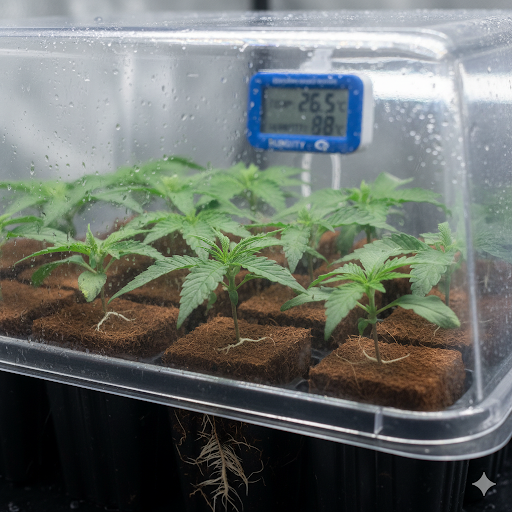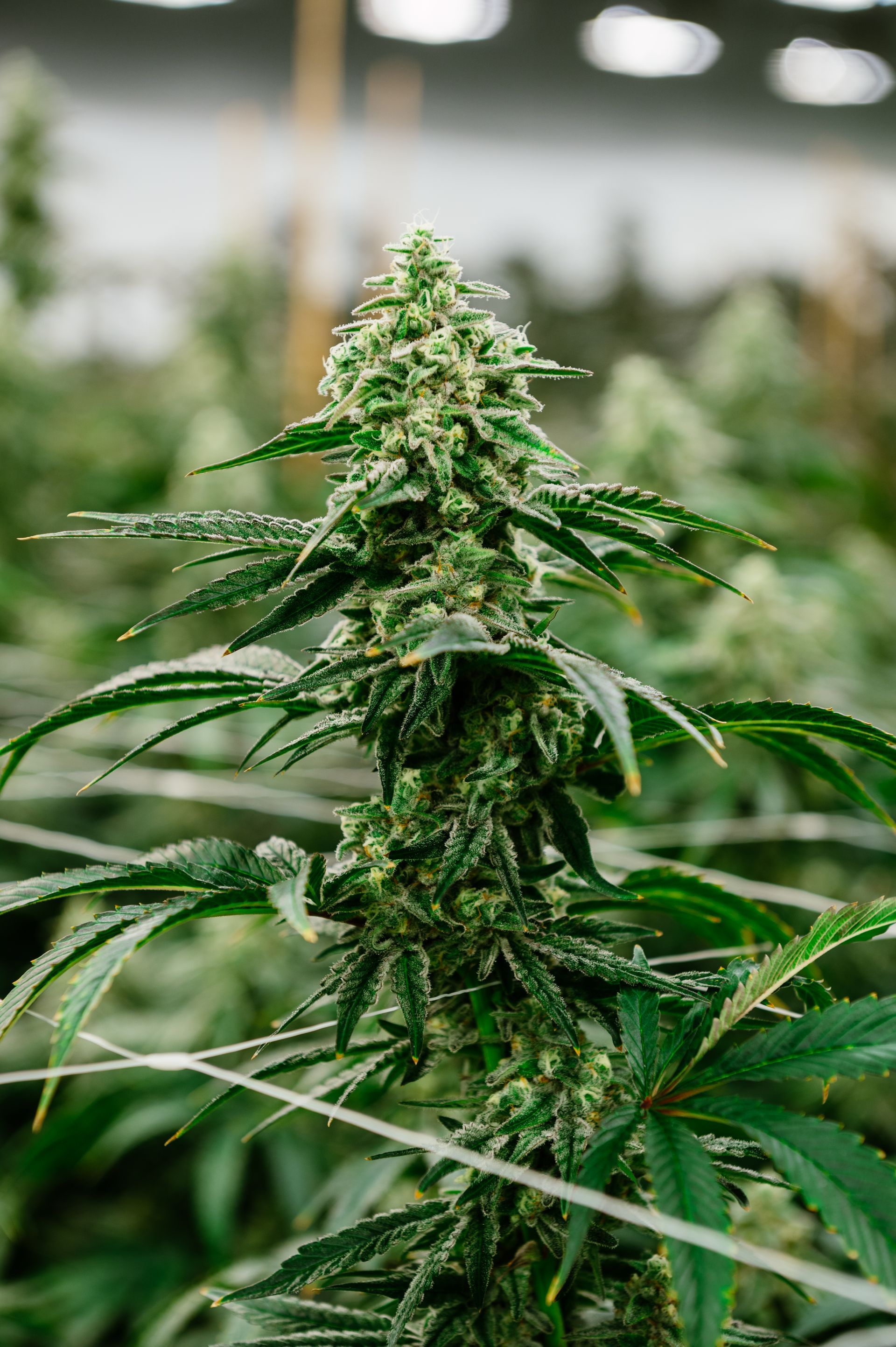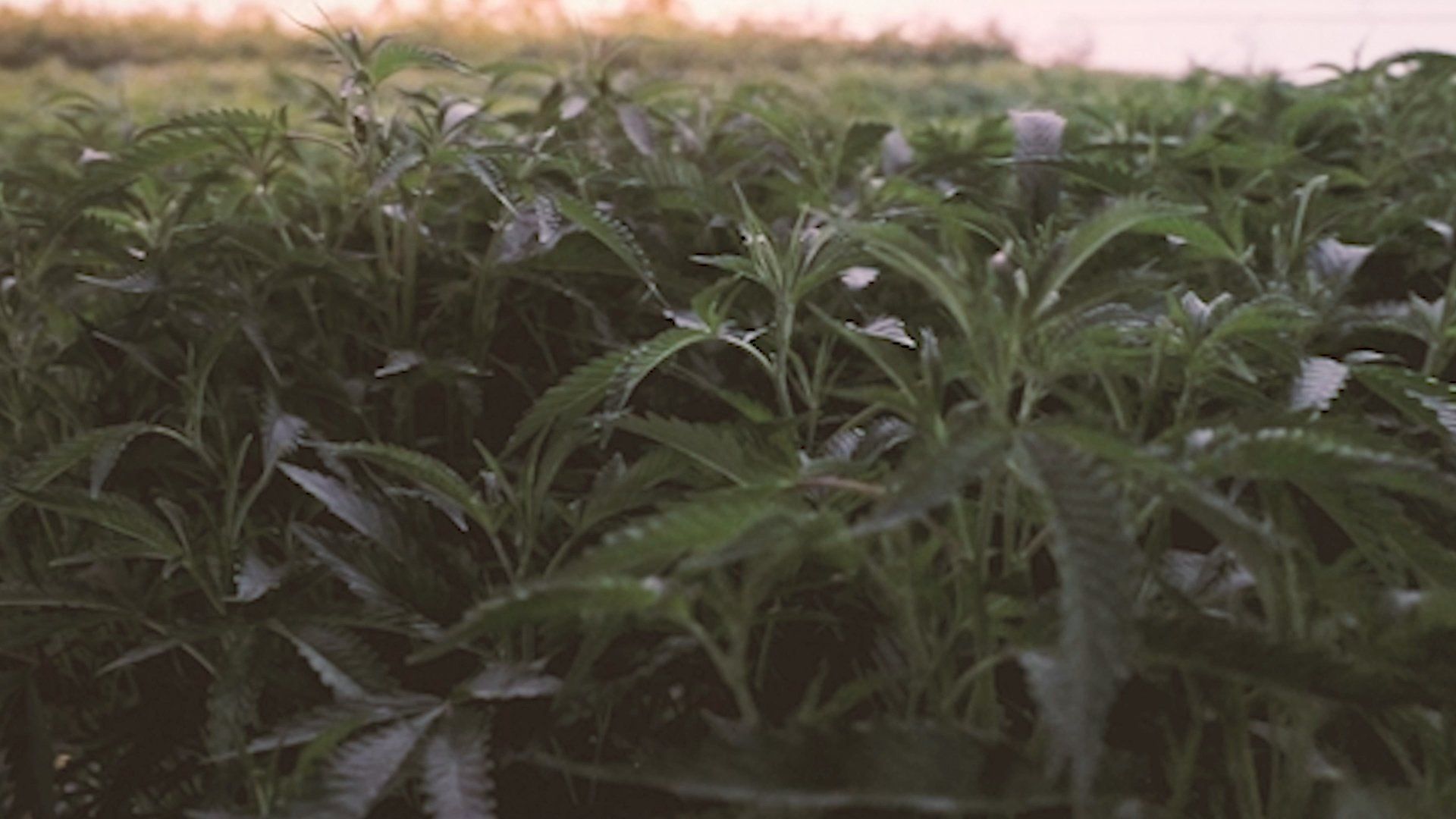Cloning cannabis plants is a highly effective way to create an army of genetically identical plants, ensuring consistency in your grow and preserving desirable traits. From experienced cultivators to home growers, mastering the art of cloning opens up a world of possibilities for maximizing yields and maintaining a stable genetic line.
Why Clone? The Benefits of Asexual Reproduction
The primary benefit of cloning is genetic preservation. If you have a cannabis plant with exceptional qualities – robust growth, high potency, unique terpene profiles, or disease resistance – cloning allows you to replicate these exact characteristics indefinitely. This eliminates the uncertainty of growing from seeds, where genetic variation can lead to unpredictable outcomes.
Other advantages include:
- Faster Growth: Clones skip the seedling stage, leading to a quicker turnaround to harvest.
- Sex Certainty: Since clones are taken from a mother plant, you know they will be female (assuming your mother plant is female and healthy).
- Increased Efficiency: You can maintain a small "mother" plant indefinitely, taking cuttings as needed, rather than starting new seeds constantly.
- Predictable Harvests: All clones from the same mother will mature at a similar rate, making harvest planning much simpler.
Essential Tools for Successful Cloning
Before you begin, gather your tools:
- Sterile Razor Blade or Scalpel: Sharpness is key for clean cuts, minimizing damage to the plant.
- Rubbing Alcohol: For sterilizing your cutting tools.
- Rooting Hormone: Available in gel, liquid, or powder form. This stimulates root development.
- Cloning Medium: Rockwool cubes, coco coir plugs, or specialized cloning collars for aeroponic cloners.
- Humidity Dome or Propagator: Essential for maintaining high humidity around your cuttings.
- Growing Tray: To hold your cloning medium and provide a reservoir for water.
- Small Spray Bottle: For misting your clones.
- pH Up/Down & pH Meter: To maintain optimal water pH.
- Gloves (Optional): To keep your hands clean and prevent contamination.
Step-by-Step Guide to Cloning Cannabis
1. Selecting and Preparing the Mother Plant
Choose a healthy, vigorous mother plant that is in its vegetative state. Avoid taking cuttings from plants that are stressed, flowering, or too young.
- Hydrate: Water your mother plant thoroughly 24 hours before taking cuttings.
- Clean: Ensure the mother plant is free of pests and diseases.
2. Sterilizing Your Tools
This step is crucial to prevent the spread of diseases. Wipe your razor blade or scalpel with rubbing alcohol before each cut.
3. Taking the Cuttings
Look for healthy branches on the lower or middle sections of the mother plant.
- Choose a Stem: Select a stem that is at least 4-6 inches long with 2-3 nodes (points where leaves emerge). Stems that are too thin or too woody are less ideal.
- Make the Cut: Using your sterile blade, make a clean 45-degree cut just below a node. This angled cut increases the surface area for rooting hormone absorption.
- Remove Lower Leaves: Immediately remove the leaves from the bottom inch or two of the stem. You want at least one node exposed. You can also trim the tips of the remaining upper leaves to reduce transpiration.
4. Applying Rooting Hormone
As soon as you make the cut, dip the cut end of the stem into your chosen rooting hormone.
- Gel/Liquid: Dip the stem directly into the solution for 10-20 seconds.
- Powder: Dip the stem into water, then into the powder, ensuring an even coating.
5. Placing Cuttings in the Medium
Carefully insert the hormone-dipped cutting into your pre-soaked cloning medium.
- Rockwool/Coco Plugs: Gently push the stem into the hole until the exposed node is fully covered.
- Aeroponic Cloner: Secure the stem in the cloning collar, ensuring the cut end is suspended in the misting chamber.
6. Creating the Ideal Environment
Humidity and warmth are critical for successful rooting.
- Humidity Dome: Place your cloning tray with the cuttings inside a humidity dome or propagator.
- Misting: Lightly mist the inside of the dome and the cuttings with plain water (pH-balanced) several times a day to maintain high humidity (70-90%).
- Temperature: Aim for a consistent temperature between 75-80°F (24-27°C).
- Lighting: Provide gentle, indirect light. Fluorescent grow lights (CFLs or T5s) or low-intensity LEDs are ideal. Avoid intense HID lighting, which can stress young clones. Maintain an 18/6 light cycle.
7. Ongoing Care and Rooting
- Check Moisture: Keep your cloning medium consistently moist but not waterlogged.
- Air Exchange: Lift the humidity dome for a few minutes once or twice a day to allow for air exchange and prevent mold.
- Nutrients: Clones do not need nutrients until roots begin to form. Once you see roots, you can introduce a very diluted vegetative nutrient solution (1/4 strength).
- Patience: Roots typically start to appear within 7-14 days, though some strains may take longer. You'll see tiny white roots emerging from the bottom of your cloning medium.
8. Hardening Off and Transplanting
Once your clones have developed a robust root system (typically 1-2 inches long), they are ready to be "hardened off" and transplanted.
- Gradual Acclimation: Gradually reduce the humidity by propping open the dome or removing it for longer periods each day over 2-3 days. This prepares them for a less humid environment.
- Transplant: Carefully transplant the rooted clones into larger pots with your chosen growing medium.
- Post-Transplant Care: Water thoroughly after transplanting and continue with a light vegetative nutrient regimen.
Here's an example of healthy cannabis clones starting to root in a humidity dome:

Troubleshooting Common Cloning Issues
- Drooping/Wilting: Usually a sign of low humidity. Increase misting and ensure the humidity dome is sealed.
- Yellowing Leaves: Can indicate nutrient deficiency (though unlikely in early stages) or too much light.
- No Roots: Patience is key. Ensure proper temperature, humidity, and sterile conditions. Some strains root slower.
- Mold/Rot: Caused by excessive moisture and poor air circulation. Increase air exchange by lifting the dome and ensure your medium isn't waterlogged.
Conclusion
Cloning cannabis is a rewarding skill that provides control and consistency in your cultivation journey. By following these steps and maintaining a sterile, optimized environment, you'll be well on your way to successfully propagating your favorite cannabis genetics and ensuring a continuous supply of healthy, vigorous plants. Happy cloning!




